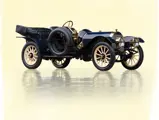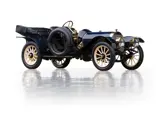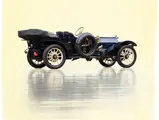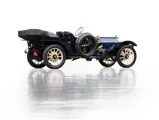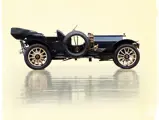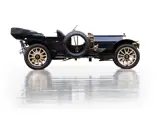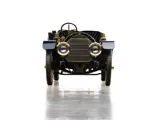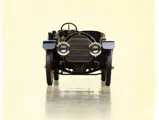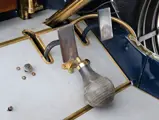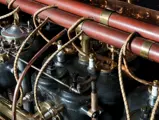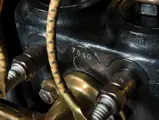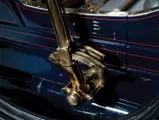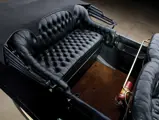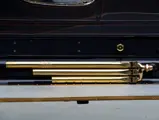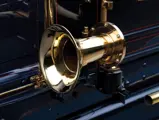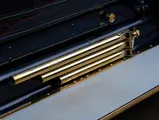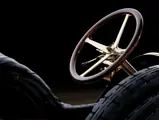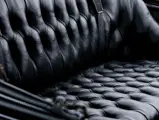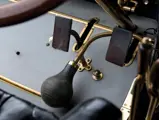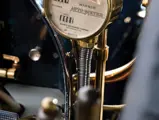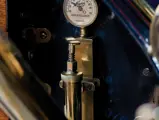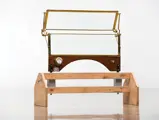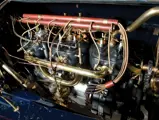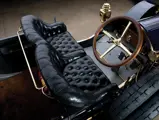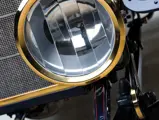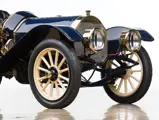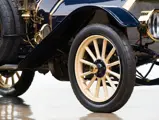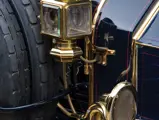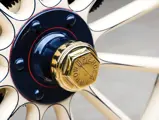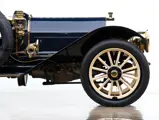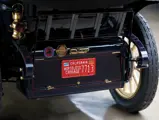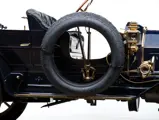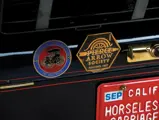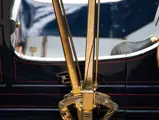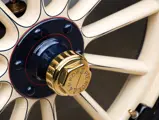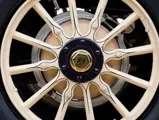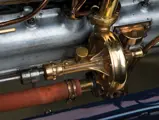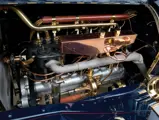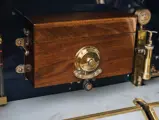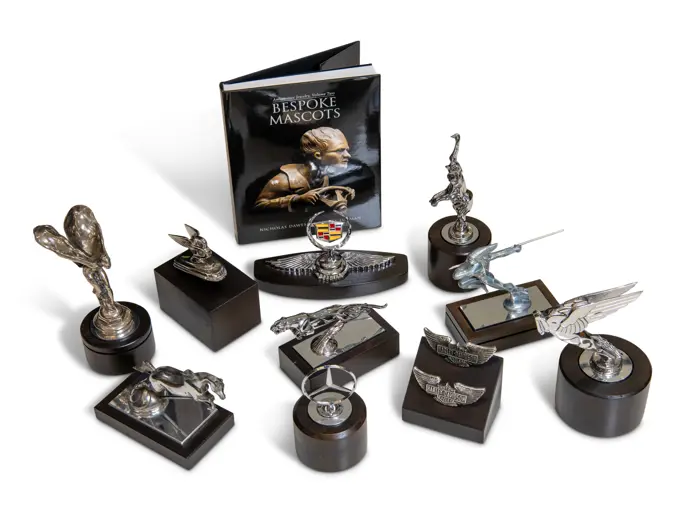The Andrews Collection
1910 Pierce-Arrow Model 48-SS Demi-Tonneau
{{lr.item.text}}
$852,500 USD | Sold
 | Fort Worth, Texas
| Fort Worth, Texas
{{internetCurrentBid}}
{{internetTimeLeft}}

- A sporting Brass Era powerhouse
- Formerly owned by Stewart Cook and Sam and Emily Mann
- Ideal for HCCA, VMCCA, and Glidden tours
48 bhp, 525 cu. in. T-head inline six-cylinder engine, four-speed selective sliding-gear manual transmission, live axle suspension with semi-elliptical leaf springs, and dual contracting band and expanding shoe rear-wheel drum brakes. Wheelbase: 134.5 in.
By 1910, the luxury car market in the United States had come to be dominated by what would be known as the Three Ps: Packard, Peerless, and Pierce-Arrow. These marques were set apart not only for the vast price and locomotive-like engineering of their products yet also for the statement they made.
When a buyer took delivery of his Model 48-SS from the George N. Pierce Company’s Buffalo, New York, Works, it was a marker of taste that was conservative but fine. It also displayed an appreciation towards quality and solid design over the modern “flash and dash” exhibited by other, less genteel automakers. Nonetheless, the Pierce offered style and power in abundance. It featured 525 cubic inches in six cylinders and 48 horsepower being run to the ground through a four-speed selective sliding-gear transmission, all of which was mounted onto a wheelbase that stretched over 134 inches and was wrapped in Pierce-Arrow’s innovative cast aluminum coachwork. A Pierce was strong and built to last forever, running at speeds that few roads of the era could accommodate.
As the only Brass Era denizen of the Andrews Collection, one would expect that this automobile, chassis and engine number 7540, would be pretty special, and it is. Reportedly, it is the only 1910 Model 48-SS extant in this body style, the Demi-Tonneau, which is a sportier close-coupled, five-passenger variant of the standard Touring car but with a smaller rear seat arrangement, making it essentially a four-passenger roadster. This body style was light and sporting, and when combined with the very powerful 48-SS engine, it made for a rapid road machine indeed. It is perfectly at home alongside the other cars in the Andrews Collection, sitting amongst those that, like this Pierce-Arrow, were the great performance beasts of their era.
According to the files of a long-time Pierce-Arrow Society historian, this car’s earliest known caretaker was the late Stewart Cook, of Red Bank, New Jersey, with whom it was listed in 1954, 1957, and 1961 rosters of the Antique Automobile Club of America. Mr. Cook still owned the Pierce at the time of his passing in 1966. It later made its way into the ownership of well-known Brass Era automobile enthusiast Don Meyer, also of New Jersey, and then into the California-based collection of Frank Miller. Afterwards, it returned to the East Coast, where it stayed in the long-term ownership of Sam and Emily Mann. The car is well-known to Pierce-Arrow cognoscenti, and it is pictured (but incorrectly identified as a 1909 and as once having been owned by James Melton) on page 82 of Marc Ralston’s Pierce-Arrow: The Golden Age.
The car is correct in all important respects, as it was reportedly restored from an excellent original car, with only its front fenders requiring correct replication. It is equipped with acetylene headlamps and an oil tail lamp, as well as a correct Pierce-Arrow muffler and electric self-starting system, and it has a wonderful charm and patina of age about it. Its brass trim and paint have a rich, deep shine, but the interior is lightly worn and beginning to crack around the edges, while the chassis has a well-used but tidy appearance. Overall, it appears as it is: an automobile that has been enjoyed on tours by its owners for decades and one that is ready for continued travels with the HCCA and VMCCA in events such as the Glidden Tour.
It is an inviting Pierce-Arrow that is begging for a new owner to slip into a duster, take it out for a spin, and enjoy the utterly modern performance of what may well have been America’s finest automobile of its age.

